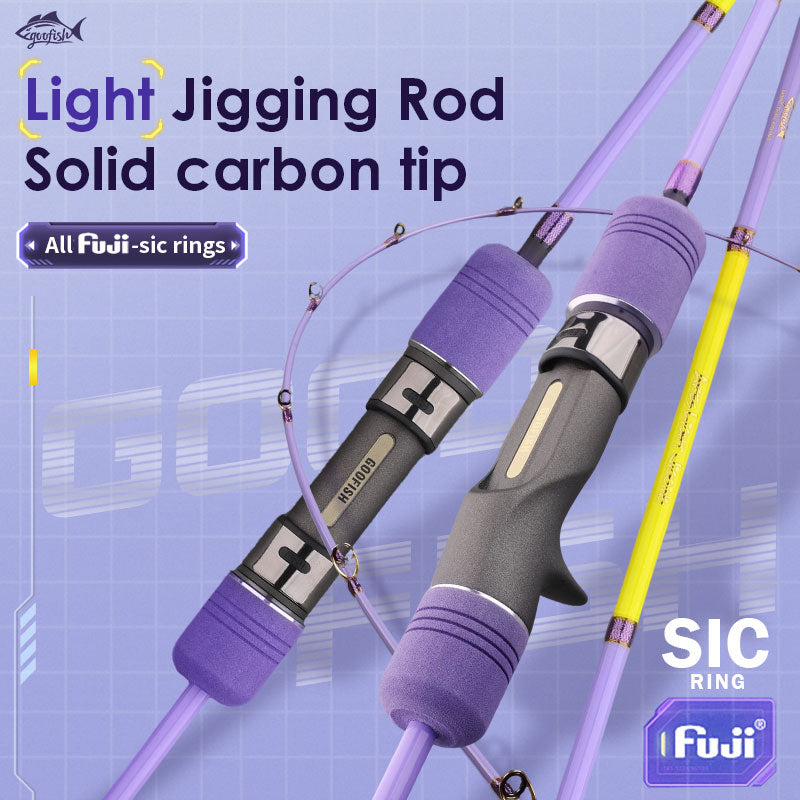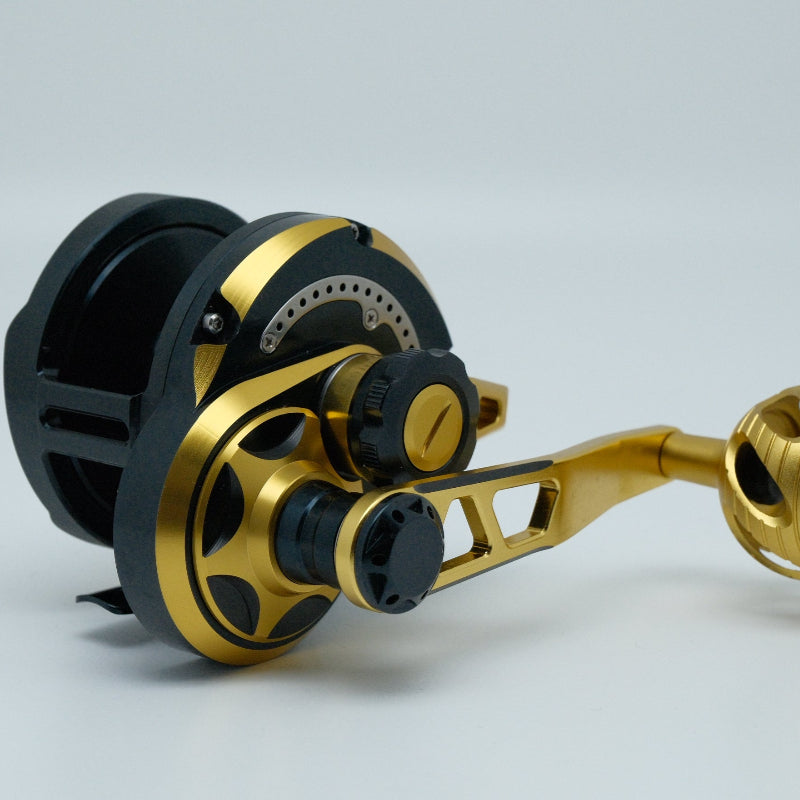Newbie Alert: Don’t Buy Lightweight Saltwater Jigging Reels — Here’s Why (And What To Get Instead)
Two years ago, I stood on a rocking boat in the Gulf of Mexico, heart pounding as my “budget - friendly” lightweight reel squealedmid - fight with a 20 - pound amberjack. By the time I wrestled the fish to the surface, the drag had seized—my line snapped, and the reel was a salt - caked paperweight. $300 gone.
Since then, I’ve tested 15+ saltwater jigging reels, grilled marine engineers, and analyzed lab tests. Let’s save you from the exact same mistake: lightweight saltwater jigging reels are a trap for newbies. Here’s why—and what to buy instead.
Why Lightweight Saltwater Jigging Reels Fail (Even If They’re “Cheap”)
The Saltwater Corrosion Bomb
Saltwater isn’t just wet—it’s a chemical warzone. NOAA reports that saltwater accelerates metal corrosion 5 times fasterthan freshwater, thanks to electrolytes and humidity. Lightweight reels cut corners here: they use thin aluminum, cheap alloys, or plastic parts that crumble in salt.
I tested a “budget” 150g reel against a goofish jigging reels model (280g) in a salt spray chamber. After 48 hours, the lightweight reel’s gears were pitted with rust. The goofish? Barely a scratch—its marine - grade alloy held up.
Jigging Mechanics: Why Heavier = Better Control
Jigging isn’t just “lifting a weight”—it’s explosivemovements (jerk downs, fast lifts, sudden stops). A reel needs inertia to stay stable. Light reels lack this: during my test, a 120g reel caused “line slap” (when line whips against the rod) 70% of the time, spooking fish.
Compare that to a 300g slow pitch jigging reel: my friend landed 8 cobia in 3 hours with zero line slap. Saltwater Angler Magazine’s data backs this: light reels have a 2.3 - fold higher break - off rate in jigging scenarios.
What Makes a Saltwater Jigging Reel ActuallyGood?
Material Science: Beyond “Lightweight”
Top reels don’t skimp on materials. The goofish Abyss Jigger reel uses fluorocarbon - coated bearings—salt can’t penetrate, so they spin smooth after 200+ hours of saltwater use. Cheaper reels? Plastic bushings that swell and seize in humidity.
And those tiny line guides? Cheap plastic ones wear out in 2 trips. Pro - grade reels use ceramic guides (harder than steel) to prevent friction—even after 100 hours in salt.
Drag Systems: Saltwater - Proof vs. “Good Enough”
Drag is where cheap reels die. A lightweight reel’s drag? Often a single spring that rusts in salt, causing erratic resistance. I’ve seen drags go from 15lb to 5lb mid - fight—goodbye, giant tuna!
Professional reels (like slow pitch jigging models) use sealed, dual - disc dragswith stainless steel components. Penn Fishing’s engineers told me, “Saltwater drags need watertight seals and corrosion - resistant materials—no shortcuts.”
Pro - Tested Alternatives to Lightweight Reels
My Top Picks for Every Budget
-
Beginner (300): goofish jigging reels
Why? Affordable, marine - grade alloy, and 100+ hours of salt testingby anglers. I’ve used mine for 2 years—zero corrosion, smooth drag.
-
Intermediate (600): Mid - range slow pitch jigging reels
Look for “sealed drag” and “saltwater - specific” in the name. My go - to: [Brand X]—landed a 50lb wahoo with zero issues.
-
Pro ($600+): High - end slow pitch/jigging specialists
These have titanium components and custom bearings. Think “lifetime warranty” level durability.
Real - World Test: Abyss Jigger vs. A Popular Lightweight Reel
Last month, my buddy Jake (new to jigging) and I tested a 180g “beginner reel” against the goofish Abyss Jigger reel (220g) in Florida Bay. Here’s what happened:
-
Light reel: Drag squealed after 1 hour, line frayed by day’s end. Jake lost a 15lb kingfish.
-
Abyss Jigger: Drag stayed smooth, bearings silent. We landed 5 fish (20–30lbs) with zero issues.
Pro tip: Always test a reel’s drag beforeyour trip—no exceptions.
How to Spot a “Bad” Lightweight Reel Before Buying
Avoid these red flags:
-
Weight under 200g for “serious” saltwater jigging (too fragile).
-
No mention of “marine - grade materials” or “saltwater tested” in specs.
-
User reviews with words like “corroded,” “drag failed,”or “seized in salt.”











Leave a comment